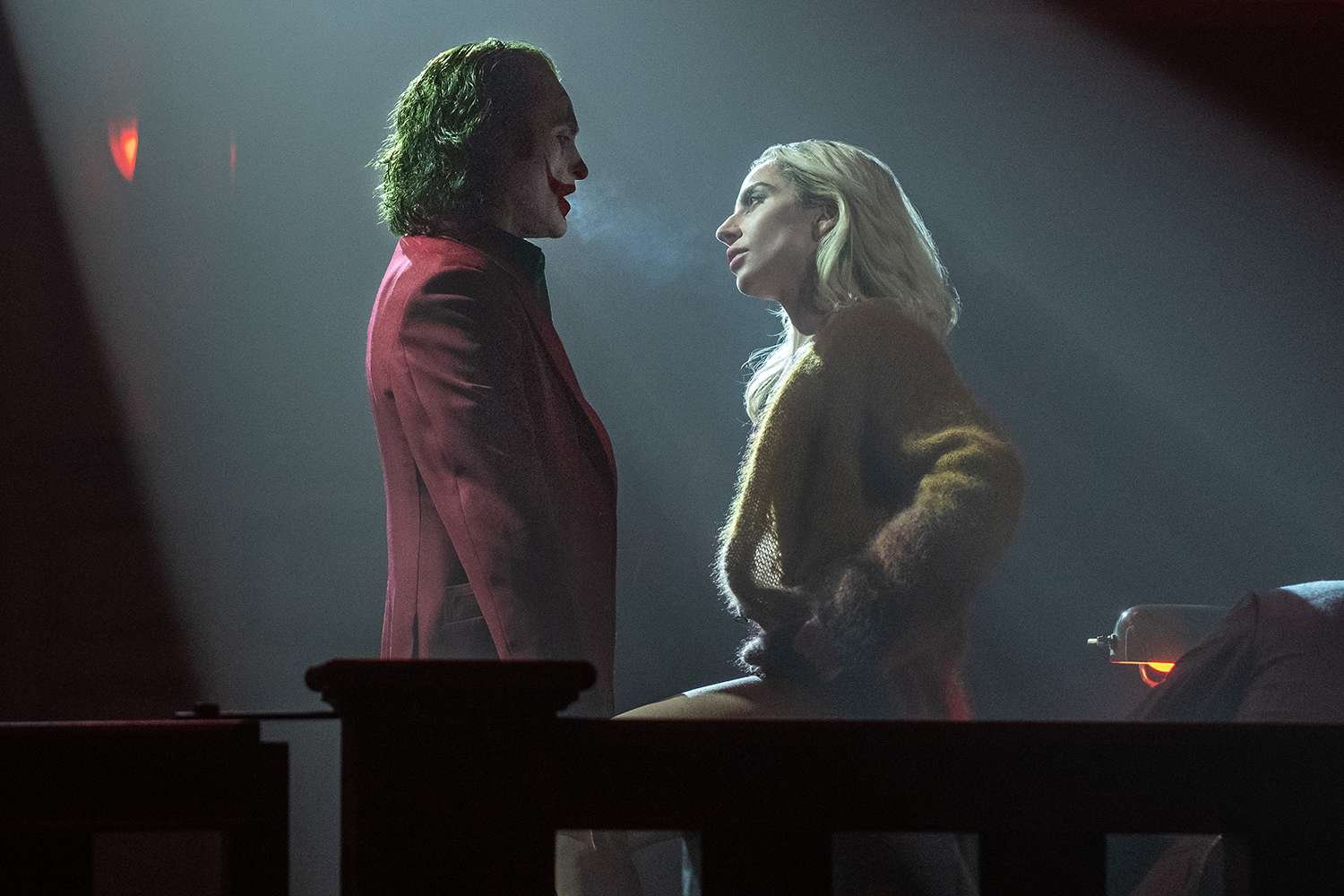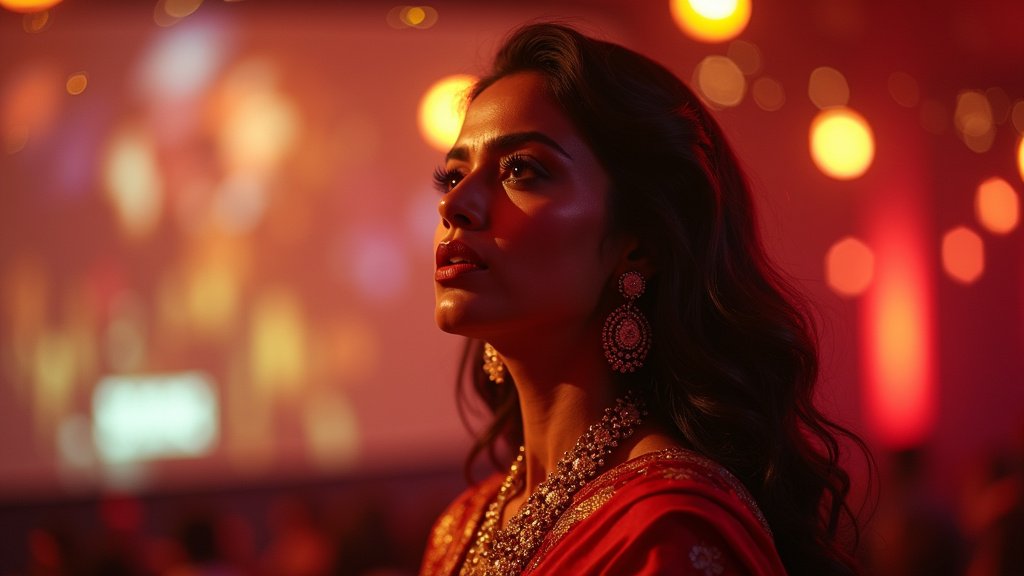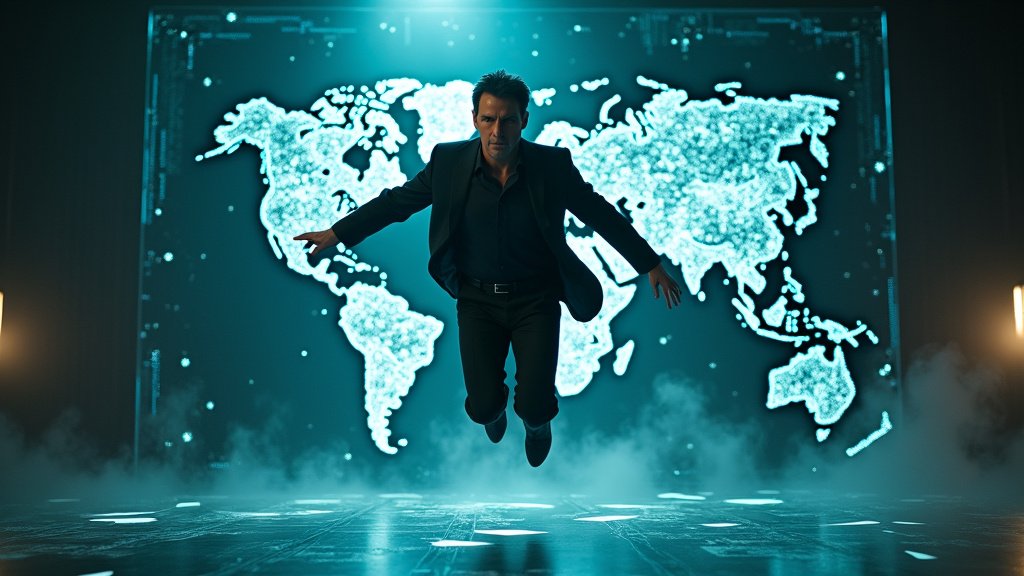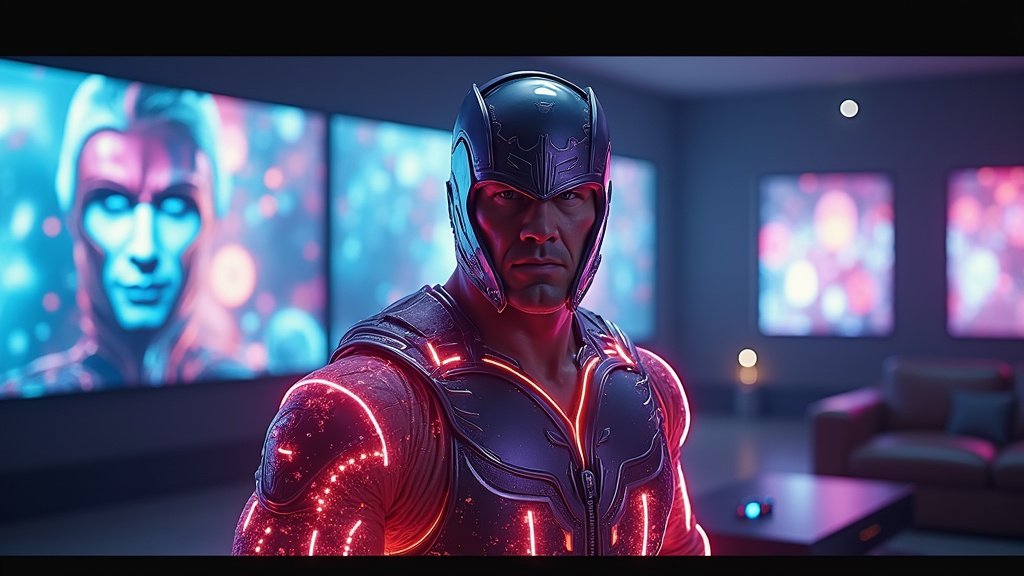When Joker (2019) hit theaters, it shattered expectations with its dark, unflinching portrayal of Arthur Fleck, a mentally ill man slowly losing his grip on reality in a harsh and indifferent society. Joaquin Phoenix’s haunting performance earned him an Academy Award, and Todd Phillips’ direction painted Gotham in bleak tones, making the city a reflection of Arthur’s descent into madness. Now, the highly anticipated sequel, Joker: Folie à Deux, promises to take audiences on an even more unsettling journey—this time with a twisted musical edge.
The title, Folie à Deux, refers to a rare psychological syndrome where two individuals share the same delusion. With that in mind, this sequel is set to introduce the notorious Harley Quinn, played by the multitalented Lady Gaga. A character known for her chaotic relationship with the Joker in various adaptations, Harley Quinn is sure to add layers of complexity to the already fractured psyche of Arthur Fleck. But what makes this sequel even more intriguing is its unexpected turn towards the musical genre. This bold choice has fans and critics alike buzzing with curiosity, as the film appears to break even further away from conventional superhero fare.
A Sequel With a Twist
It’s safe to say that Joker: Folie à Deux is not following the typical blueprint for a sequel. Rather than expanding the world in the manner of a standard comic book follow-up, Todd Phillips and his team seem to be honing in on a more intimate exploration of Arthur Fleck’s mind—now fractured in the presence of his “partner in crime” Harley Quinn. The addition of musical elements has left many wondering: How will this blend of genres affect the storytelling?
On the surface, adding musical numbers to a psychological thriller sounds bizarre, perhaps even jarring. But if we look deeper, it begins to make a certain type of sense. Arthur Fleck, as he was presented in the first film, is a man obsessed with performance and seeking validation. He dances in his own world, detached from reality, feeling alive only when he’s seen or heard. This obsession with being “on stage” or the center of attention could very well morph into elaborate musical sequences in his mind, a natural extension of his deteriorating mental state. The very concept of a musical could function as a narrative device to plunge audiences deeper into Arthur’s delusions.
Rather than relying on violent outbursts or explosive confrontations, the music may offer a twisted beauty to his madness, allowing the audience to see the world as Arthur sees it—a distorted reality where his acts of violence or self-expression are grand performances. It’s a daring creative risk, but one that may redefine the boundaries of comic book adaptations in cinema.
Joaquin Phoenix’s Evolution as Arthur Fleck
Much of the excitement surrounding Joker: Folie à Deux comes from the return of Joaquin Phoenix in the title role. His portrayal of Arthur Fleck was nothing short of mesmerizing in the first film, earning him universal praise and an Oscar. What made his performance so powerful was the fragility he brought to the character—Arthur was not your typical villain. Instead of someone driven purely by power or greed, he was a broken man, struggling with mental illness, poverty, and social alienation. He was simultaneously terrifying and tragic.
In the sequel, Arthur’s transformation into the Joker is complete. But what does that mean for his character development? Phoenix has built a reputation for diving deep into the psyche of his roles, and it’s likely that Folie à Deux will offer new layers to Arthur’s identity. He’s no longer just the downtrodden clown beaten down by society. He’s embraced his chaotic nature, and with Harley Quinn by his side, the world may now be subject to a new, even more erratic Arthur Fleck.
However, it’s worth noting that Arthur’s evolution may not be as linear as one would expect. Phoenix’s Joker is unpredictable, making it hard to foresee where the character will go next. The introduction of Harley Quinn might exacerbate his instability or, perhaps, offer a sense of twisted companionship. Either way, Phoenix’s portrayal will undoubtedly be captivating, adding nuance to the already complex character.
Lady Gaga as Harley Quinn – A New Take on a Fan-Favorite
Of course, much of the spotlight is on Lady Gaga’s casting as Harley Quinn. Gaga, who earned acclaim for her dramatic turn in A Star is Born (2018), has proven herself to be more than just a pop star—she’s a force to be reckoned with in the acting world. Her portrayal of Harley Quinn is highly anticipated, especially since she’ll be following in the footsteps of Margot Robbie, whose portrayal in Suicide Squad (2016) and Birds of Prey (2020) left a strong impression on audiences.
What makes Gaga’s take on Harley particularly intriguing is the context in which this version of the character exists. In Joker: Folie à Deux, Harley is not the same quirky, colorful character fans are familiar with from the larger DCEU. Instead, she’ll likely be a darker, more grounded interpretation of the role, fitting the tone of Phillips’ universe. Given Gaga’s own theatrical background and her ability to blend drama with music, her performance could be the perfect complement to Phoenix’s intense Joker.
Additionally, Harley Quinn’s role in the Folie à Deux syndrome suggests a more psychologically complex take on her relationship with Arthur. Rather than simply being his lovesick sidekick, this Harley could be just as mentally disturbed as Arthur, if not more so. The power dynamic between the two could shift throughout the film, as both characters feed off one another’s madness, spiraling into further chaos.
A Gotham Like Never Before
One of the most striking aspects of the original Joker was its portrayal of Gotham City. Rather than the fantastical, crime-ridden metropolis often depicted in Batman films, this Gotham was grimy, grounded, and uncomfortably real. The city was a character in its own right, reflecting the bleakness of Arthur’s existence. In Folie à Deux, the city will undoubtedly continue to serve as the backdrop to Arthur’s further unraveling.
But with the introduction of musical elements, we may see Gotham transformed in more surreal ways. The gritty realism of the first film may give way to a more theatrical, almost dreamlike version of the city, as seen through Arthur’s eyes. Imagine a Gotham where reality and delusion blur—where grand musical numbers take place in grimy alleyways, and the line between fantasy and horror is constantly shifting.
The city could become a reflection of Arthur’s fractured psyche, with bright, extravagant musical moments clashing with the city’s inherent darkness. This juxtaposition could result in a visually stunning and thematically rich Gotham that mirrors the twisted nature of its inhabitants.
The Importance of Folie à Deux in Comic Book Cinema
It’s no secret that the superhero genre has dominated cinema for over a decade. However, Joker and its upcoming sequel stand apart from the traditional comic book film formula. With Folie à Deux, Todd Phillips is further pushing the boundaries of what these films can be. This isn’t just a sequel—it’s a subversion of genre expectations.
By incorporating elements of psychological horror, musical theater, and intimate character studies, Folie à Deux is redefining the way we think about comic book adaptations. This approach may not appeal to everyone, but it offers something fresh and exciting for those looking for more than just the standard fare of costumed heroes and villains.
Moreover, the film’s willingness to dive deep into mental illness, societal decay, and the human need for connection makes it resonate on a deeper level. It’s not about epic battles or world-saving heroics. Instead, Folie à Deux is a meditation on the human condition, wrapped in the chaotic, unpredictable nature of the Joker and his relationship with Harley Quinn.
What Folie à Deux Could Mean for the Future of DC Films
With Folie à Deux on the horizon, it’s clear that DC is willing to take risks with its properties. While the larger DCEU continues to produce more traditional superhero fare, films like Joker and The Batman are exploring darker, more nuanced storytelling. This dual approach could prove to be a winning formula for DC, allowing them to cater to both mainstream audiences and those looking for something different.
If Folie à Deux succeeds, it could pave the way for more standalone films that focus on character-driven stories rather than interconnected universes. This could be DC’s answer to Marvel’s dominance—by offering films that challenge the very nature of the superhero genre.
In the end, Joker: Folie à Deux is shaping up to be more than just a sequel. It’s a bold, genre-defying experiment that has the potential to change the landscape of comic book cinema. With Joaquin Phoenix and Lady Gaga at the helm, backed by Todd Phillips’ daring vision, this film could be one of the most memorable cinematic experiences of the decade. Whether it becomes a beloved classic or a polarizing piece of art remains to be seen—but one thing is for certain: it will be talked about for years to come.
Joker: Folie à Deux dares to go where no comic book film has gone before, blending psychological drama, musical elements, and the fractured relationship between two of DC’s most iconic characters. As Arthur Fleck spirals deeper into madness alongside Harley Quinn, audiences are in for an unforgettable, and possibly uncomfortable, descent into chaos. The question remains: Are we ready for a Joker who sings?





